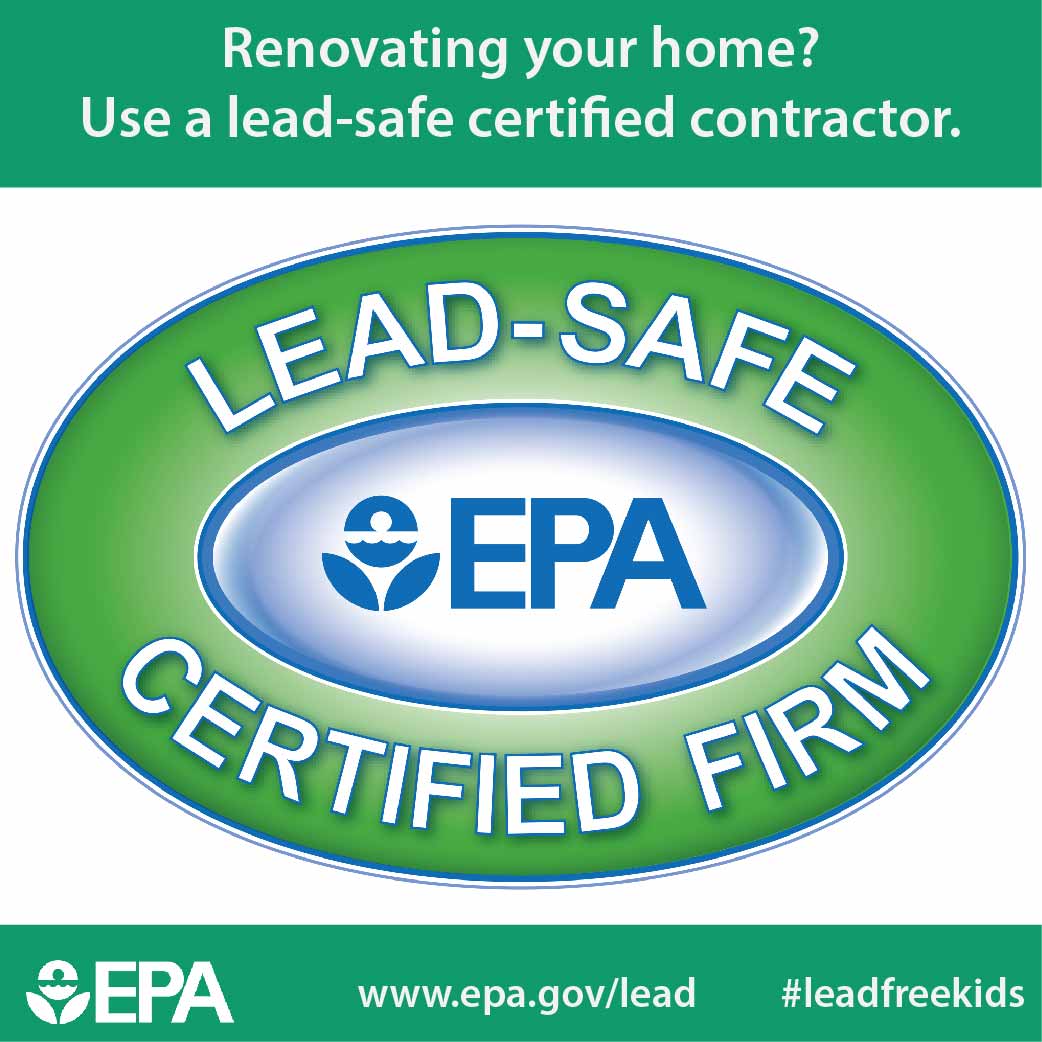Discover Exactly How Seasonal Variables Influence Business External Paint Success And Discover The Most Effective Times To Guarantee Long Lasting Results For Your Job
Discover Exactly How Seasonal Variables Influence Business External Paint Success And Discover The Most Effective Times To Guarantee Long Lasting Results For Your Job
Blog Article
Post Created By-Fox Decker
When you're intending a business external paint task, seasonal aspects can make or break your outcomes. You'll wish to take into consideration how temperature and moisture influence paint application and drying out times. Picking the ideal period can guarantee your paint adheres appropriately and lasts much longer. However which seasons are truly the most effective for this sort of job? Allow's explore the crucial elements that can influence your project's success.
The Impact of Temperature Level on Paint Application
When you're planning a commercial exterior paint project, the temperature can considerably influence how well the paint adheres and dries out.
Ideally, you want to repaint when temperature levels vary in between 50 ° F and 85 ° F. If relevant site 's too cool, the paint might not treat appropriately, resulting in concerns like peeling off or fracturing.
On the flip side, if it's too hot, the paint can dry too quickly, preventing correct attachment and leading to an irregular finish.
You must likewise take into consideration the time of day; morning or late afternoon provides cooler temperature levels, which can be more beneficial.
Constantly examine the manufacturer's referrals for the details paint you're making use of, as they often supply guidance on the perfect temperature range for optimal outcomes.
Humidity and Its Effect on Drying Times
Temperature level isn't the only ecological factor that influences your industrial external painting project; humidity plays a considerable role too. High humidity levels can decrease drying out times drastically, influencing the total high quality of your paint job.
When the air is filled with wetness, the paint takes longer to treat, which can result in concerns like inadequate bond and a higher risk of mold growth. If you're painting on a specifically moist day, be prepared for prolonged wait times between coats.
It's important to monitor regional weather and plan appropriately. Ideally, aim for moisture levels between 40% and 70% for optimal drying.
Keeping these consider mind guarantees your job stays on track and delivers a lasting surface.
Best Seasons for Commercial Outside Paint Projects
What's the best time of year for your commercial external paint tasks?
Springtime and early loss are generally your best options. During these seasons, temperature levels are light, and humidity levels are typically lower, creating optimal problems for paint application and drying out.
Avoid summer's intense heat, which can trigger paint to completely dry as well promptly, resulting in poor adhesion and coating. In a similar way, winter's cold temperature levels can prevent appropriate drying and curing, taking the chance of the long life of your paint work.
Go for days with temperature levels between 50 ° F and 85 ° F for optimum results. Keep in https://indoor-painters-near-me08643.kylieblog.com/36133853/residential-painters-fine-tune-your-home-s-look-with-specialist-paint-skills to examine the regional weather forecast for rain, as damp problems can destroy your task.
Planning around these factors guarantees your painting job runs efficiently and lasts longer.
Verdict
To conclude, preparing your commercial external paint projects around seasonal factors to consider can make a substantial difference in the outcome. By scheduling job throughout the perfect temperatures and moisture degrees, you'll ensure better adhesion and drying times. Keep in mind to keep an eye on neighborhood weather prediction and pick the correct time of year-- springtime and very early fall are your best bets. Taking these steps will certainly help you accomplish a sturdy and professional finish that lasts.
